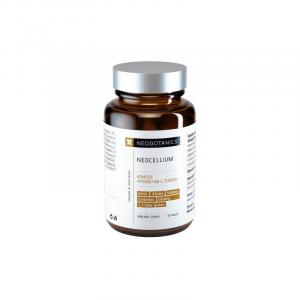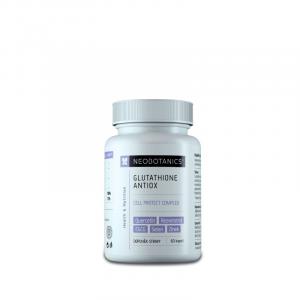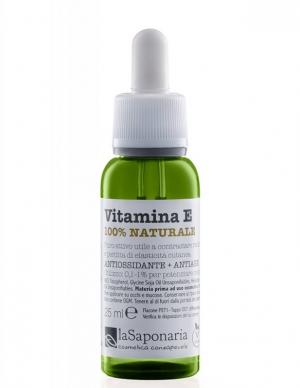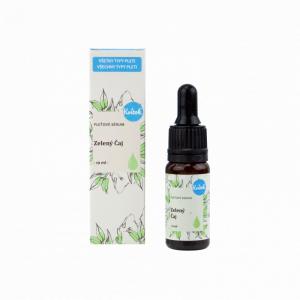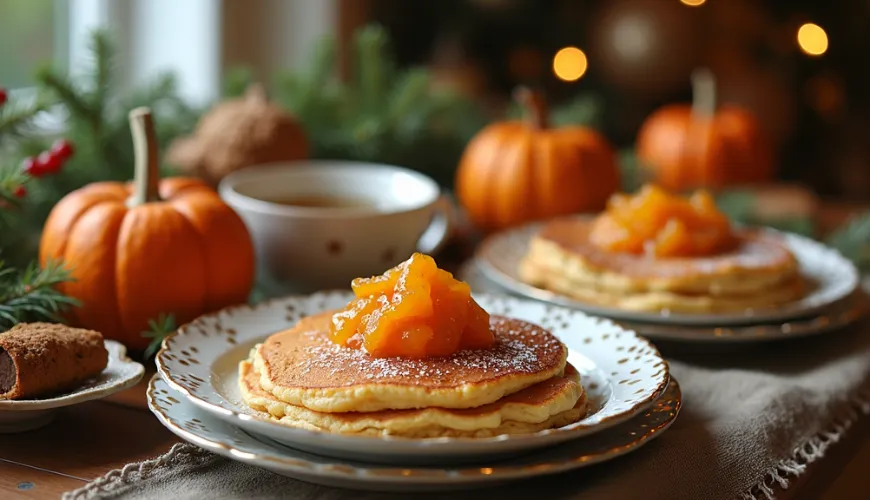
Discover how to make excellent pickled cauliflower without canning
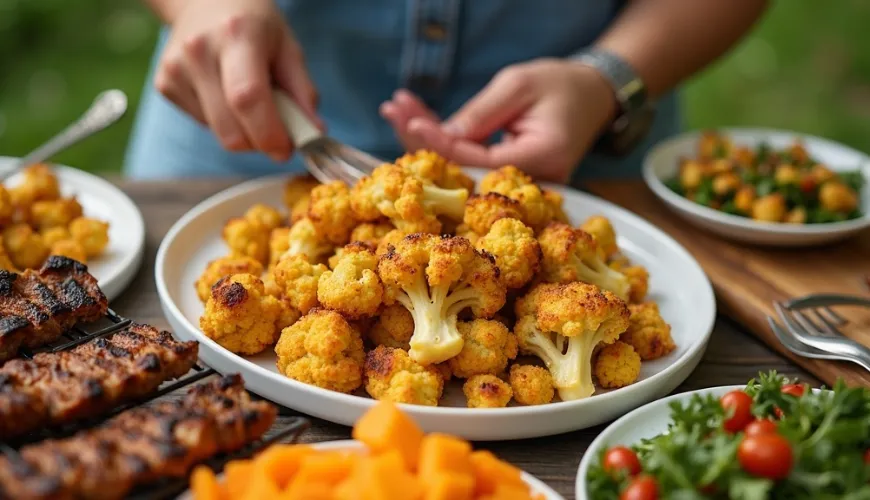
Crispy Treasure on the Plate - How to Easily Prepare Pickled Cauliflower Without Canning
In Czech cuisine, vegetable pickling holds a firm place. From sauerkraut to "utopenci" to pickled beets – tasty, durable, and often healthier alternatives to fried or canned foods. In recent years, however, one less traditional but incredibly interesting player has come to the forefront: pickled cauliflower without canning. Although it may seem that it won't work without classic canning into jars, the opposite is true – and the result can pleasantly surprise you.
This method offers a refreshing taste, crunchy texture, and above all simplicity, which will be appreciated by anyone who doesn't have the time or equipment for canning. Cauliflower naturally contains lots of nutrients, fiber, and antioxidants, making it suitable for a healthy lifestyle. Preparing it in the quick pickling style is therefore not only tasty but also a nutritious decision.
Try our natural products
Why Cauliflower?
You might be wondering why anyone would want to pickle cauliflower. It's not a vegetable that one typically associates with fermentation or brine at first glance. However, its firm, creamy white structure is perfect for pickling. Cauliflower remains pleasantly crunchy even after pickling, absorbs flavors well, and because of its neutral character, it suits almost everything – as a side dish to grilled meat, in salads, or just for nibbling with wine.
If you add some colorful peppers, carrots, or chili peppers, the resulting jar will not only be tasty but also visually pleasing. After all, pickled vegetables are used in many cultures not just as food itself but also as a form of decoration – think of Korean kimchi or Japanese tsukemono.
How to Prepare Pickled Cauliflower Without Canning?
The entire principle of this method lies in the so-called quick pickling. In English, it's known as "quick pickling," and it involves briefly immersing the vegetable in a hot or cold brine with vinegar, sugar, salt, and spices. The advantage is that the whole process takes just a few hours to days, not weeks like fermentation, and it doesn't require complex sterilization of jars or long storage in the pantry.
The basic brine is simple:
- 500 ml of water
- 250 ml of vinegar (e.g., apple or wine vinegar)
- 2 tablespoons of sugar
- 1 tablespoon of salt
You can add garlic, mustard seeds, bay leaves, peppercorns, or even chili to the brine. Divide the cauliflower into smaller florets, scald them with hot water, and then pour the finished brine over them. Store the jar in the refrigerator, and after just 24 hours, you can start tasting.
This method has another advantage – once you try the basic recipe, you can further adjust it to your taste. Prefer a spicier variant? Add more chili. Do you like exotic flavors? Try ginger, coriander, or cumin. The result is a vegetable that won't bore you, and it can last in the fridge for up to two weeks.
A Healthy Preservation Method That You'll Enjoy
Unlike canned foods with added chemical preservatives or added sugar, quickly pickled cauliflower retains most of its nutritional values. It is not cooked to softness, so fiber remains intact, providing a natural source of energy and digestion support. Vinegar also acts as a natural preservative and helps stabilize blood sugar levels.
Nutritionists often recommend including fermented or pickled foods in the diet as a means to support healthy gut flora. And even though quickly pickled cauliflower is not fermented like sauerkraut, it still represents a great alternative to heavy and fat-laden appetizers.
According to nutritionist RNDr. Margit Slimáková, it's important to include as much diverse vegetables as possible in our diet – raw, baked, and pickled. "Healthy food doesn't have to be complicated or boring. Simple recipes like quickly pickled cauliflower show us that even traditional vegetables can be prepared in new and tasty ways," she says.
Inspiration from the Kitchen and the Market
Try to imagine a typical summer barbecue. Everywhere around, the smell of meat, bread, sauces – and in between, a plate of crispy, slightly sour cauliflower that everyone is happy to refresh their taste with. Or a homemade burger with a slice of pickled cauliflower instead of cucumber. The possibilities are endless, and imagination in the kitchen knows no bounds.
One Prague food blogger, specializing in plant-based cuisine, shared an idea on social media for so-called "pickle bowls" – bowls full of cereals, vegetables, and fermented ingredients. Pickled cauliflower plays the role of a pleasant contrast to the gentle flavors of grains and legumes. And what's more, from her experience, children who normally don't like cauliflower can go crazy for this "colorful version."
Benefits Appreciated Not Only by Eco-Friendly Households
Besides the taste experience and health benefits, quick pickling of vegetables also has an ecological dimension. Cauliflower is commonly available most of the year from local sources, reducing the need for imports and the consumption of plastic packaging. Homemade preparation also means less waste – you buy the vegetable without packaging, process it entirely, and store it in a returnable jar.
It is also a way to efficiently use surpluses from the garden or market sales. Instead of the cauliflower softening in the fridge and ending up in the trash within a few days, it turns into a delicious treat in just a few minutes.
And if you don't want to make large stocks, you can prepare just one jar – no lid cooking or sterilization. The low entry barrier is what makes this method suitable even for complete beginners.
What to Watch for and What to Avoid?
Although quick pickling is simple, there are a few principles one should follow. First and foremost, it's important to wash the vegetable thoroughly and use clean containers. The brine should be evenly salted and acidified – if you use too little vinegar, the cauliflower can start to spoil. And although it tastes good after just a few hours, it's ideal to wait at least 24–48 hours for the flavors to fully develop.
Avoid using metal containers or low-quality vinegar – they can affect the taste and safety of the dish. If, after a few days, the cauliflower seems soft or smells bad, throw it out without compromise.
Quick pickling is not intended for long-term storage outside the refrigerator. It's a fresh treat, best consumed within a few days to weeks.
In a time when more and more people are looking for ways to eat healthier, more ecologically, and without losing time, pickled cauliflower without canning seems like a great compromise between taste and practicality. It's a small culinary experiment that can enrich any kitchen – whether you're an experienced gourmet or just looking for a new snack for an evening sit-down. And who knows? Perhaps this simple jar with white florets will become a staple in your fridge.
